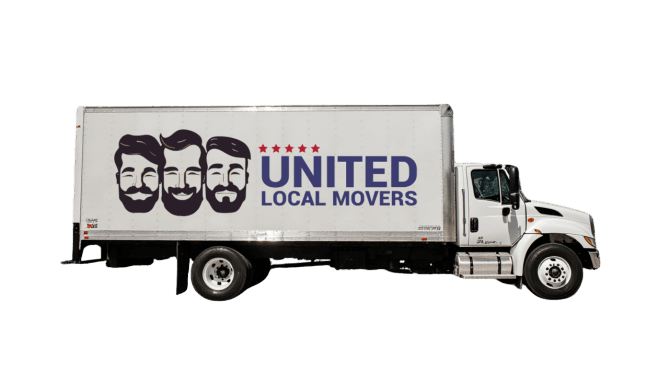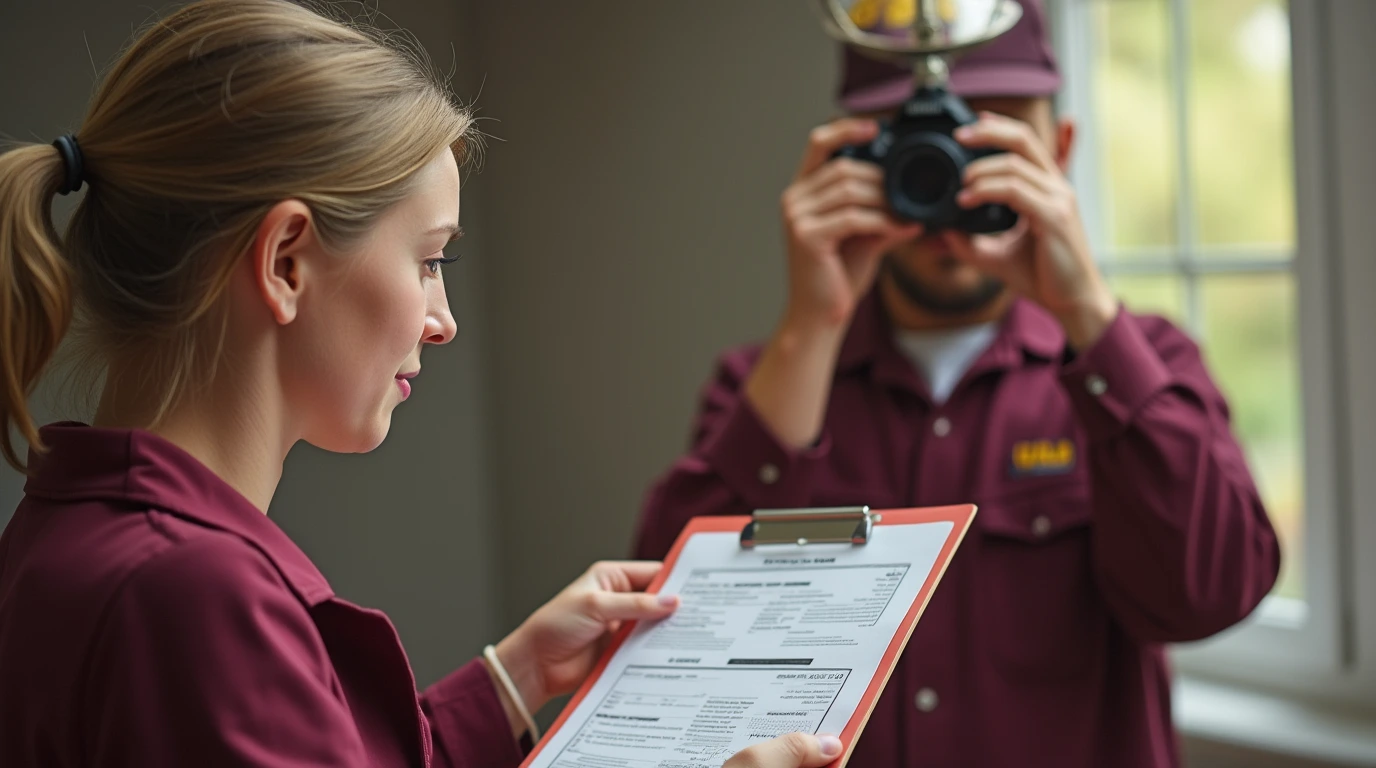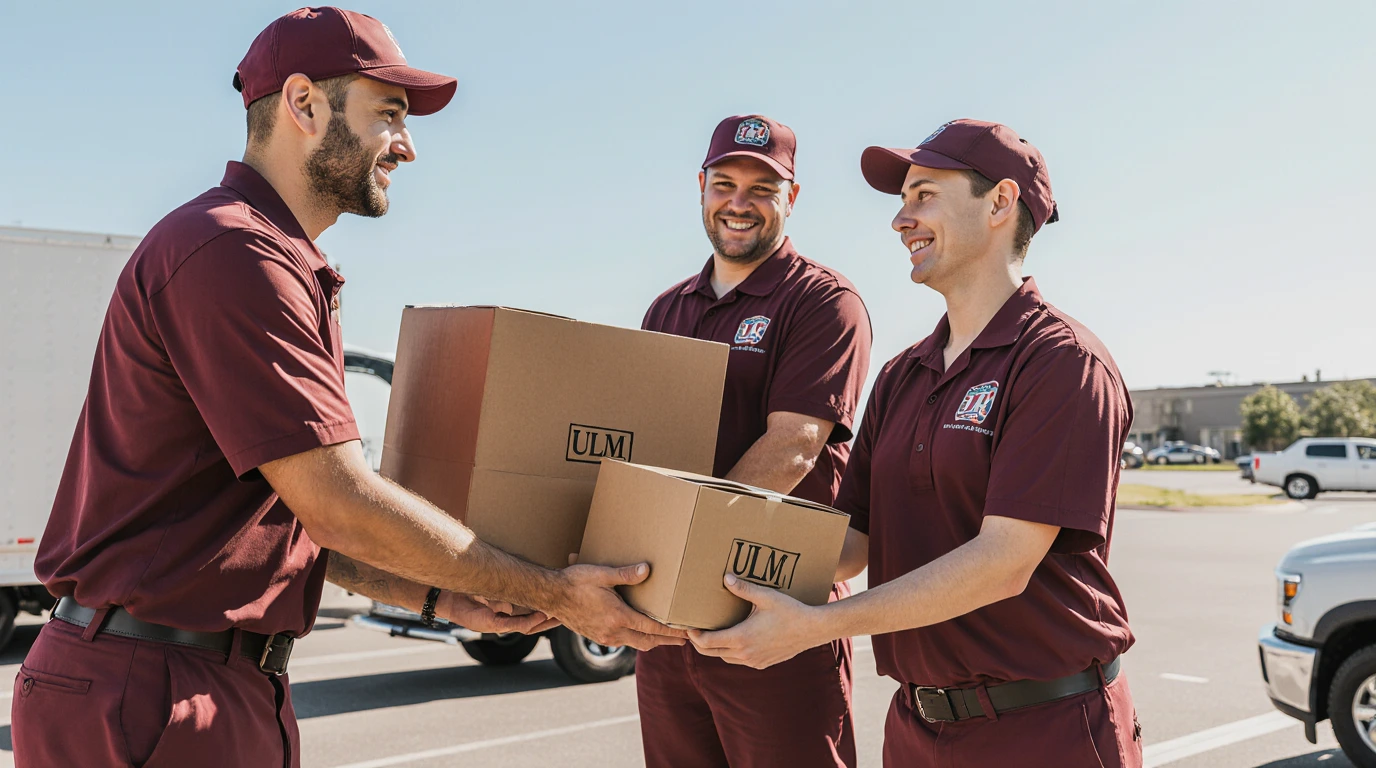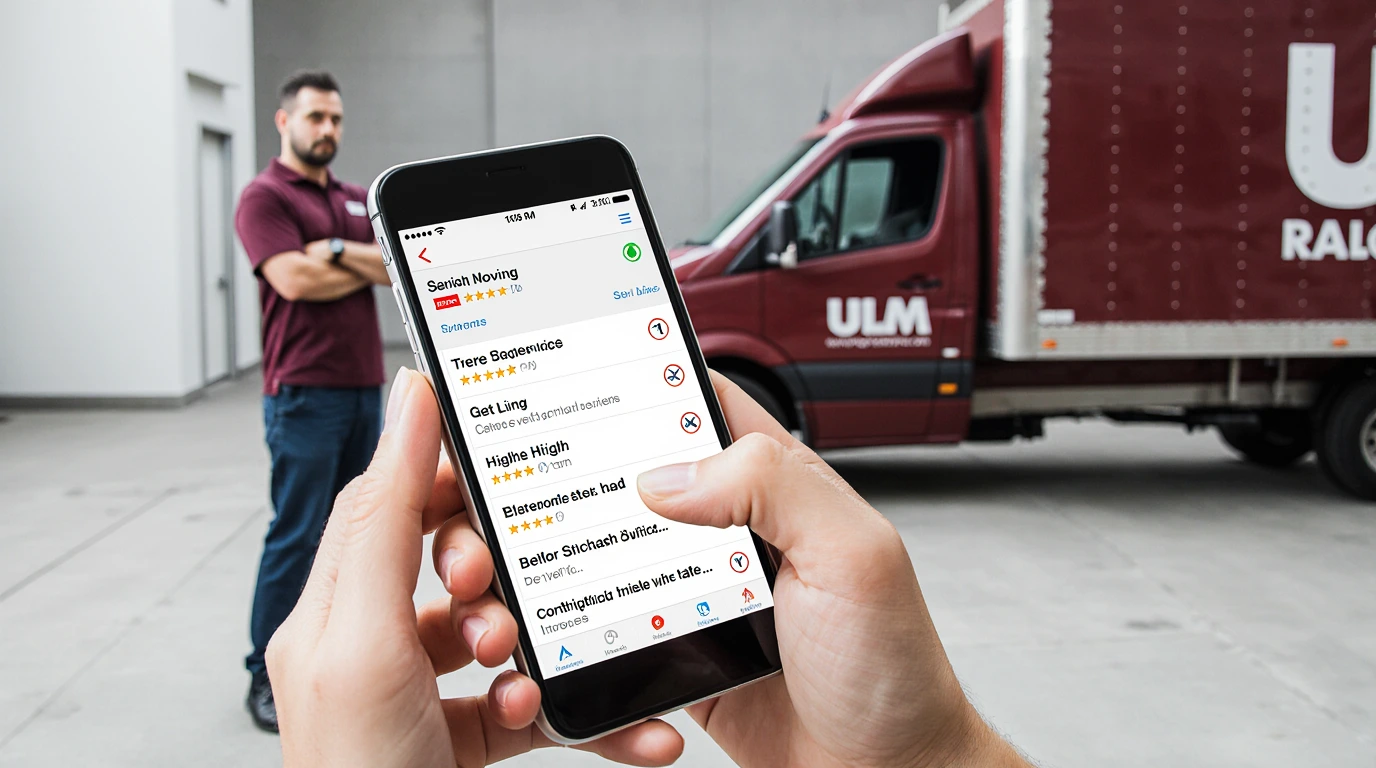Before booking a moving company, most people check online reviews — and that’s smart. But here’s the catch: not all reviews are created equal. Some are genuine reflections of customer experience. Others are fake, planted to manipulate rankings, build false trust, or hide red flags. Knowing how to tell the difference can save you thousands of dollars and a lot of stress.
In this guide, you’ll learn how to read moving company reviews critically, identify fake patterns, and make confident decisions based on facts, not marketing tricks.
Why Reviews Matter So Much When Choosing a Mover
Unlike many other services, a moving company is entrusted with your most personal and valuable belongings. A bad choice can lead to lost items, surprise charges, or even outright scams. Reviews give you insight into how a company actually operates — not just what they promise on their website.
But because reviews are so influential, dishonest companies often flood platforms with fake testimonials to appear more trustworthy than they are.
Where to Find Reliable Moving Reviews
Not all review platforms are equally credible. Some are heavily moderated, while others can be manipulated more easily. Here are the most useful places to check:
- Google Reviews: Broadest reach, good for spotting patterns, but also a common target for fake reviews.
- Yelp: Heavily moderated, often flags suspicious activity, but can be strict on legitimate reviews too.
- BBB (Better Business Bureau): Good for complaints and dispute records, not just ratings.
- ConsumerAffairs and Trustpilot: Useful for trends, but check for sponsored profiles.
- FMCSA complaints database: Official record of any regulatory actions.
Reputable companies like United Local Movers maintain consistent, verifiable reviews across multiple platforms.
Red Flags That a Review Might Be Fake
Fake reviews often follow certain recognizable patterns. Watch out for these warning signs:
- 🚩 Generic language: “Great service, amazing movers, highly recommend!” without details.
- 🚩 Too many 5-star reviews posted close together: A sudden flood of praise is suspicious.
- 🚩 No specifics: No mention of what was moved, when, or any details of the experience.
- 🚩 Reviewer profiles with no history: One review total, posted recently.
- 🚩 Identical wording across multiple reviews: Indicates copy-pasting or automated posting.
Fake reviews often sound polished but hollow. Real customers describe actual experiences, emotions, and specifics.
How Real Reviews Usually Sound
Genuine reviews tend to include:
- 📦 Details about the move (distance, size, timing)
- 👷 Names of crew members or specifics about their professionalism
- 🕒 Timing references (early arrival, late delivery, scheduling experience)
- 💬 Honest balance of positives and negatives (“Great service, but they arrived 20 min late.”)
- 📸 Sometimes photos of the truck, team, or home
Look for details that couldn’t easily be faked by a marketing agency.
Understanding Review Patterns vs Individual Reviews
One glowing review means little. Ten detailed, consistent reviews over months or years tell a story. When analyzing a company, look for:
- Consistency: Do the reviews reflect the same quality over time?
- Recent activity: Are they still delivering great service or relying on old praise?
- Balanced ratings: Real companies often have a mix of 4- and 5-star reviews, with some 3-stars that provide context.
- Responses from the company: Legitimate movers address concerns professionally.
Fake-review campaigns often appear in bursts and lack long-term consistency.
Beware of Overly Perfect Ratings
It’s natural to want a company with perfect 5-star ratings. But ironically, that can be a red flag. No company is perfect. Even the best movers encounter delays, scheduling issues, or minor damage occasionally. Real companies will have:
- Mostly positive reviews
- A few neutral or negative ones
- Professional, calm responses to criticism
If every review sounds identical and flawless, dig deeper.
How Fake Reviews Are Created
Shady operators use several tactics to generate fake reviews:
- Hiring agencies or bots to post bulk reviews
- Paying for “review swaps” with other companies
- Creating fake Google business profiles to boost SEO
- Incentivizing customers to leave only 5-star reviews in exchange for discounts
This is why looking at patterns — not just star ratings — is so important.
Why Real Reviews Can Still Be Imperfect
Not all legitimate negative reviews mean a company is bad. Sometimes delays or miscommunications happen. What matters is how the mover responds:
- Do they reply professionally and offer solutions?
- Do they ignore or attack the reviewer?
- Do multiple reviews mention the same issue?
A good mover will treat reviews — good or bad — as part of their reputation management, not something to manipulate.
Cross-Checking Reviews With Official Records
To verify if a company is as good as its reviews claim, go beyond the star ratings. Cross-check:
- FMCSA registration and complaint history
- BBB accreditation and dispute records
- Yelp or Google Maps business verification
- Company website and address
If the company has glowing reviews but no licensing or real business information, that’s a red flag.
Common Review Red Flags for Moving Companies
Fake or manipulated reviews often mask deeper issues like bait-and-switch pricing, late delivery, or hostage-load scams. Warning signs include:
- ⚠️ Reviews that only mention low prices but not actual service.
- ⚠️ Dozens of reviews in a short time span.
- ⚠️ Vague company name mentions (“This moving company was great!”).
- ⚠️ All reviews written in similar structure or wording.
Legitimate customers tend to talk like real people — not marketing scripts.
How to Use Reviews the Right Way
Online reviews should be part of your research — not your entire decision. Use them to:
- Identify patterns (both good and bad)
- Verify the company’s legitimacy
- Understand common customer experiences
- Ask smarter questions during your estimate call
Pair reviews with direct verification, like checking USDOT numbers, FMCSA registration, and calling the company directly.
How Reputable Movers Manage Their Reviews
Professional companies like United Local Movers don’t rely on fake reviews. They:
- Earn positive feedback through real service
- Encourage (but never pressure) customers to leave reviews
- Respond publicly to concerns
- Keep their review history consistent and transparent
This transparency builds trust and gives potential customers a realistic view of the service.
Turning Review Literacy Into Protection
Online reviews are powerful tools — if you know how to read them critically. Look for details, patterns, company responses, and official verification. Don’t be swayed by perfect ratings or vague praise.
With United Local Movers, your relocation becomes safer, faster, and stress-free. We believe real customer experiences speak louder than fake praise.





